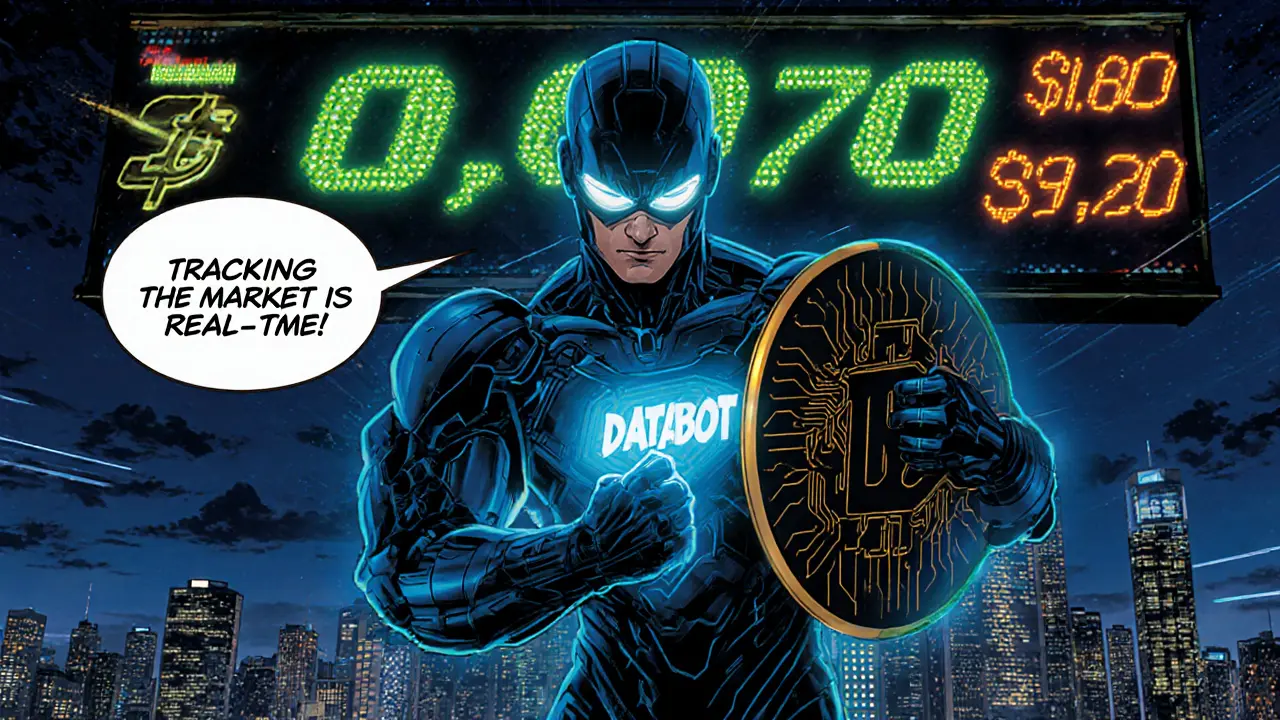When dealing with micro‑cap crypto, digital assets with a market capitalization under $50 million that often show high volatility and rapid price swings. Also known as low‑cap tokens, they attract traders looking for big upside but also come with high risk. The world of micro‑caps is a mix of innovation and speculation. A tiny token can skyrocket after a crypto airdrop, free distribution that suddenly pumps community interest or land on a popular crypto exchange, platform where traders buy and sell assets. Understanding how these pieces fit together lets you separate real potential from hype.
First, get a clear picture of a token’s market cap, the total value calculated by multiplying circulating supply by current price. A low market cap means cheaper entry, but it also signals shallow liquidity and wider price gaps. Compare the market cap of a micro‑cap to larger assets – a 10‑times difference can translate into a 10‑times swing in price when a handful of whales move the market. This calculation is the baseline for any risk assessment.
Liquidity is the lifeblood of a micro‑cap. If a coin only trades on a niche DEX, you might face slippage that erodes profits. Look for listings on at least one reputable exchange; that often brings more buyers and tighter spreads. Next, examine the token’s distribution model. A recent airdrop can flood the market with new holders, creating a short‑term buying surge. However, if the airdrop is poorly targeted, it can also produce a dump once recipients sell their free tokens.
Community activity offers another clue. Active Discord or Telegram groups, regular developer updates, and solid roadmaps suggest the project isn’t just a meme. On the flip side, anonymous teams and vague milestones are red flags. Pay attention to on‑chain metrics like holder concentration – if a single wallet owns more than 20 % of supply, the token is vulnerable to manipulation.
Technology matters too. Some micro‑caps are built on modular blockchain architectures that promise scalability and lower fees. Others rely on older, slower chains, which can deter users and limit adoption. A token that is part of a larger ecosystem – for example, a gaming token that integrates with a popular NFT platform – may benefit from network effects, increasing its chance of long‑term relevance.
Risk management is essential. Never allocate more than a small fraction of your portfolio to any single micro‑cap. Use dollar‑cost averaging to smooth out volatility, and set clear stop‑loss levels. If you’re comfortable with higher risk, consider staking or restaking protocols that let you earn extra yield on low‑cap holdings, but always weigh the extra reward against the added smart‑contract risk.
Finally, stay informed about regulatory shifts. Some regions tighten rules on token distributions, which can affect airdrop legality and exchange operations. Keeping an eye on licensing news – like new exchange licensing in Indonesia or Thailand – helps you anticipate market reactions that could impact micro‑cap liquidity.
Armed with these lenses, you can start scanning the market for the next hidden gem. Below you’ll find a curated list of articles that dive deeper into specific micro‑cap topics – from airdrop mechanics and exchange reviews to market‑cap calculations and scaling solutions. Use them as a toolbox to sharpen your analysis and make smarter trades.

Databot (DATA) is an Ethereum‑based micro‑cap token for automated trading and analytics. Learn its price range, where to trade, risks, and whether it fits your portfolio.